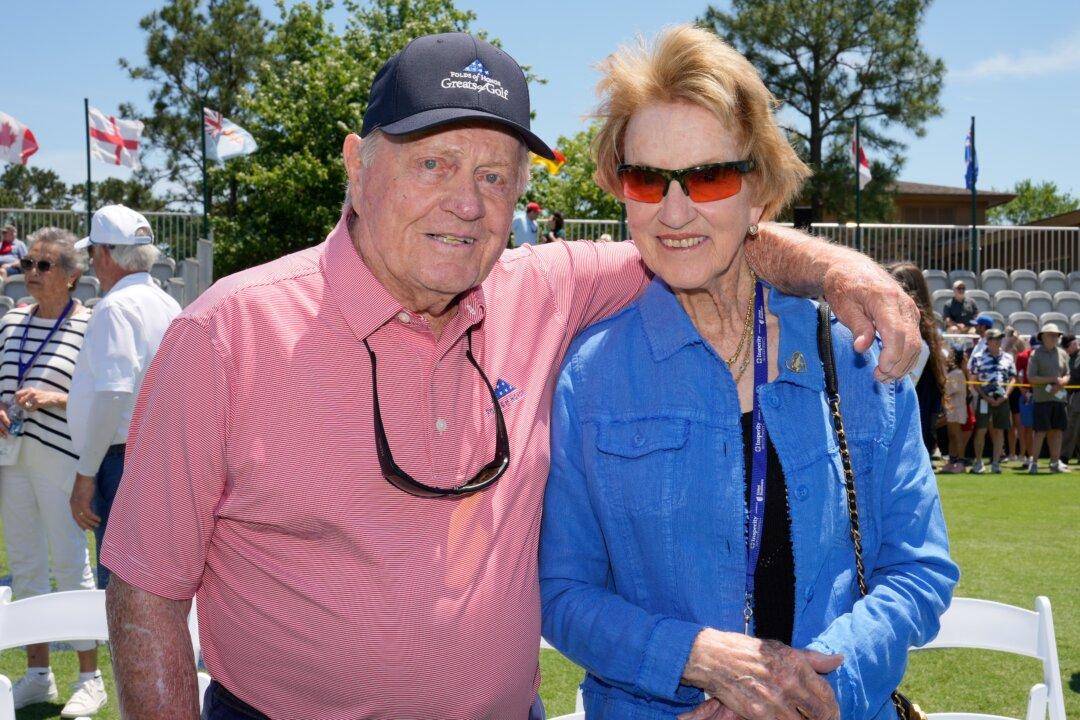Youth Movement Solidifies on PGA and LPGA Tours
Jordan Spieth showed the way on the men’s side, capturing two major championships—Masters and U.S. Open—and concluding the season with a triumph in The Tour Championship and ending the season in possession of the Fed-Ex Cup. Not since the high times of Tiger Woods has a player shown such total command of the spotlight.
On the women’s side Lydia Ko proved dominance—winning an astounding nine wins at the rip “old” age of 19. The main issue is after having gotten to the top of the mountain, do they have the goods to remain their given the fierceness of the competition.

Lydia Ko of New Zealand holds the trophy after winning the Evian Championship Golf on Sept. 13. Stuart Franklin/Getty Images
Ward is a member of the Golf Writers Association of America and Met Golf Writers Association. He has covered over 100 major championships and 12 Ryder Cup Matches. His golf acumen extends to architecture/travel, equipment, apparel, and general interest stories as well as in-depth interviews with the leading participants and influencers in the sport.
Author’s Selected Articles





